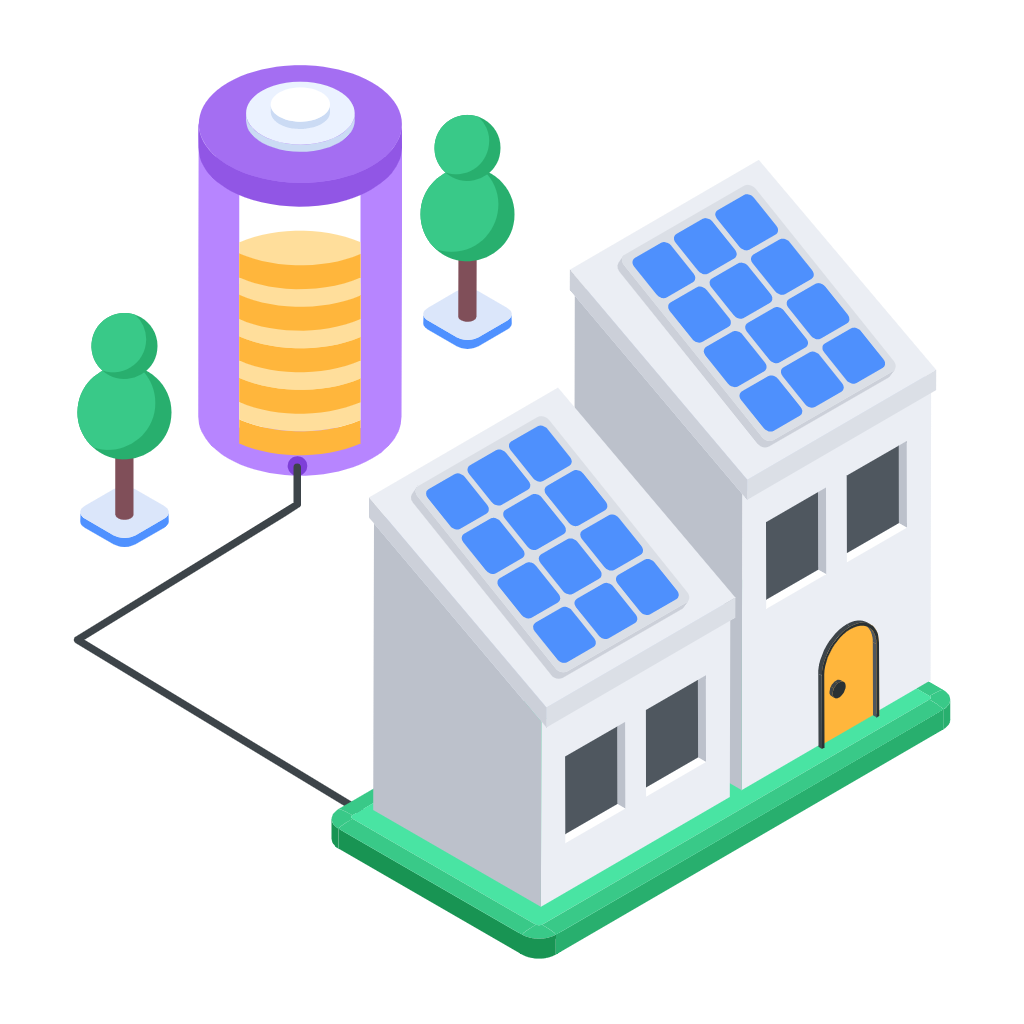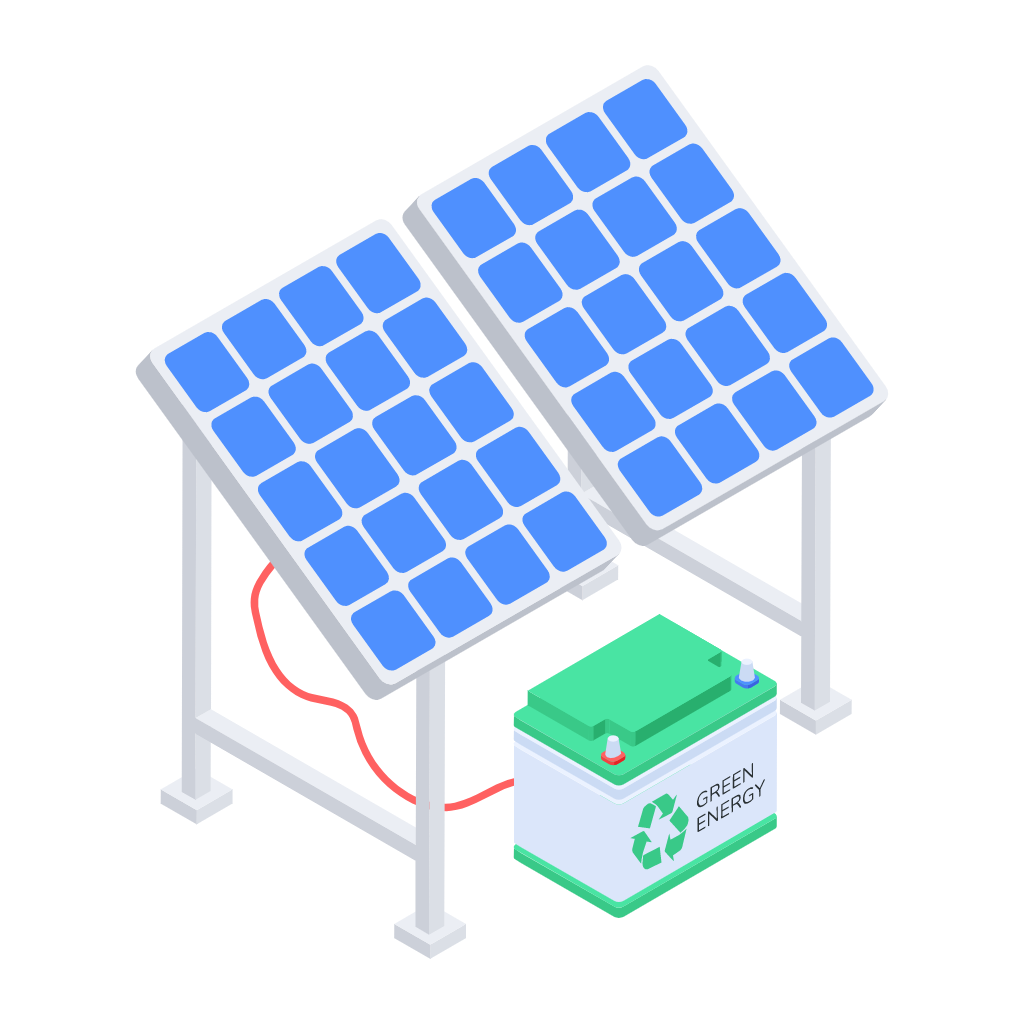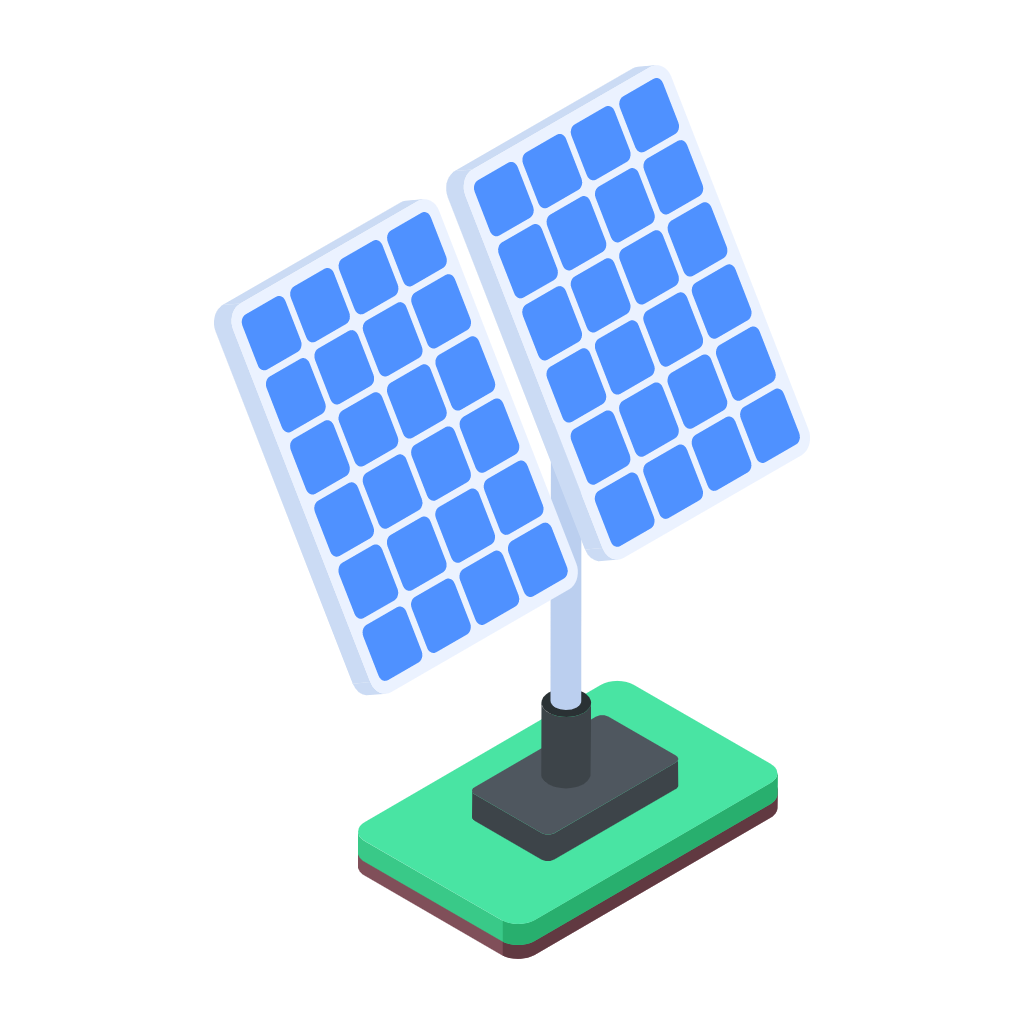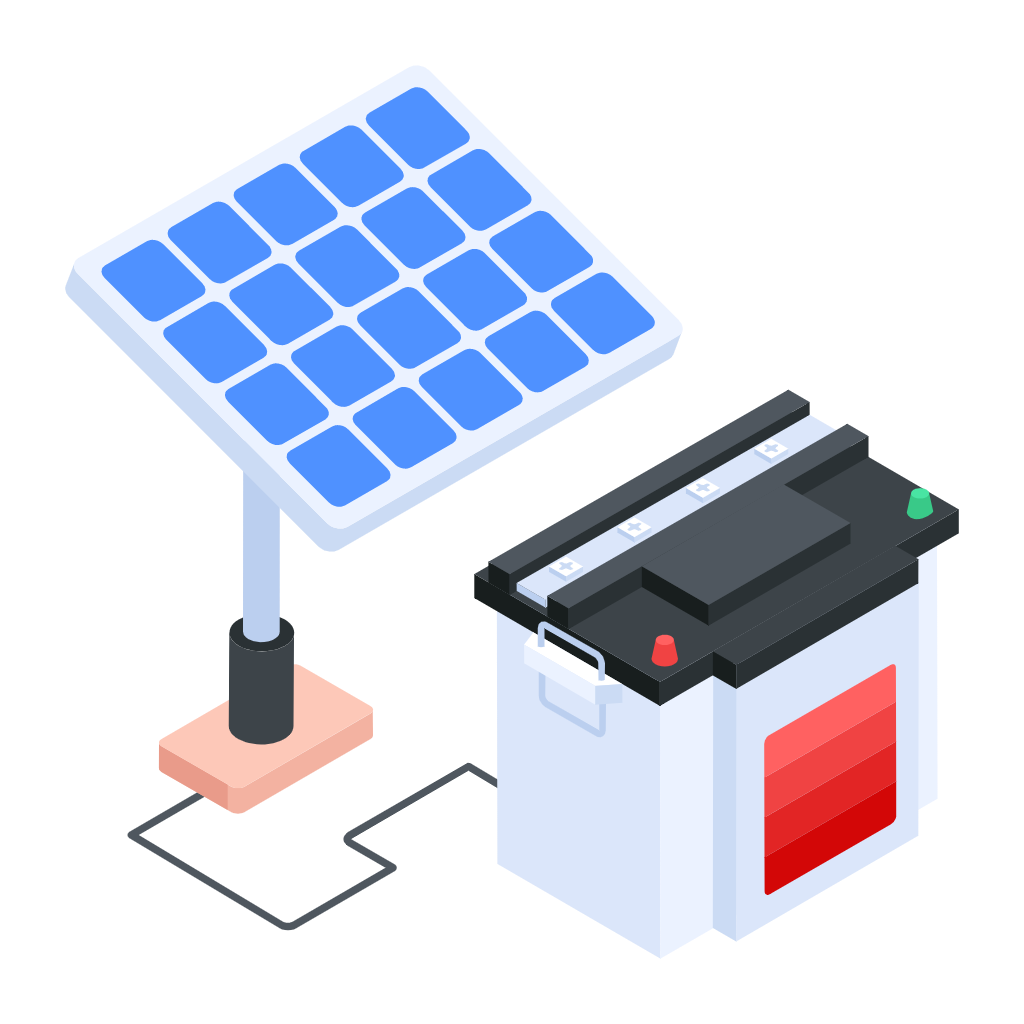Electricity bills can often seem complex, yet understanding how they are calculated can illuminate areas for potential savings. The primary components of an electricity bill usually include usage, rates, and various additional fees. The usage is typically measured in kilowatt-hours (kWh), indicating the total amount of electricity consumed during the billing period.
Individual consumption plays a significant role in determining the overall cost of the bill. To understand usage, it is essential to examine past electricity consumption patterns. Most utility companies provide a detailed breakdown of kWh used in previous billing cycles, enabling consumers to identify trends and optimize electricity usage. The more informed one is about their habits and consumption, the better equipped they are to recognize opportunities for reducing energy costs.
Rates vary from one electricity provider to another and can be affected by a variety of factors, including the type of plan you choose. Some systems employ a tiered rate structure, meaning that the cost per kWh increases with higher consumption levels. Additionally, promotional rates or time-of-use pricing may be in place, which charges different rates depending on the time of day. Understanding these rates helps consumers to strategize and alter usage patterns to take advantage of lower rates.
Furthermore, additional fees can comprise surcharges, taxes, and other service charges that may seem negligible but can cumulatively impact the final bill significantly. By closely reviewing the monthly bill, individuals can pinpoint items that may seem unnecessary or excessive.
Ultimately, a thorough understanding of your electricity bill is an essential first step toward identifying effective strategies for reducing costs. By familiarizing yourself with how your bill is structured, you gain valuable insight into where adjustments may yield substantial savings. Making informed decisions based on this knowledge can lead to long-term reductions in electricity expenditure.












